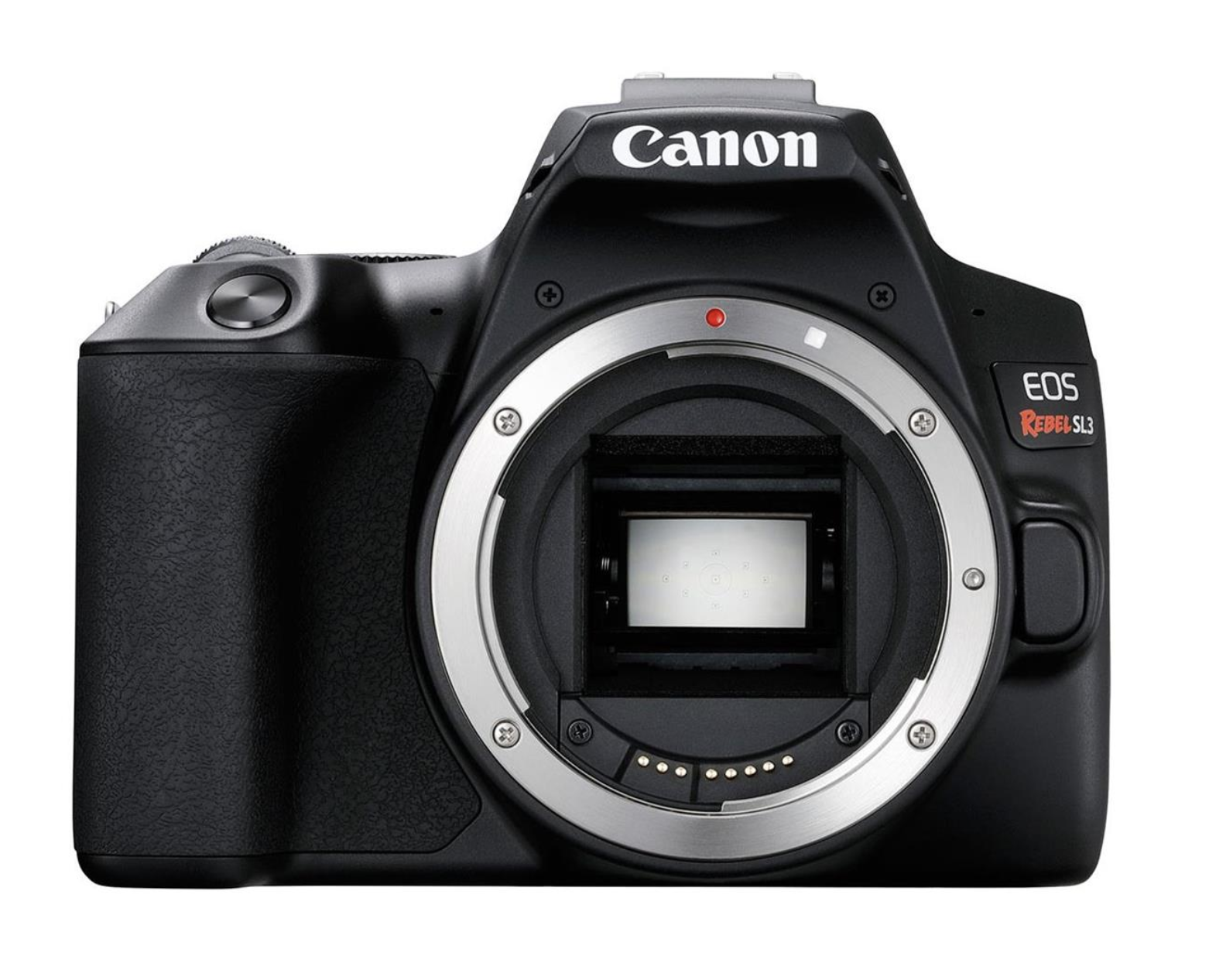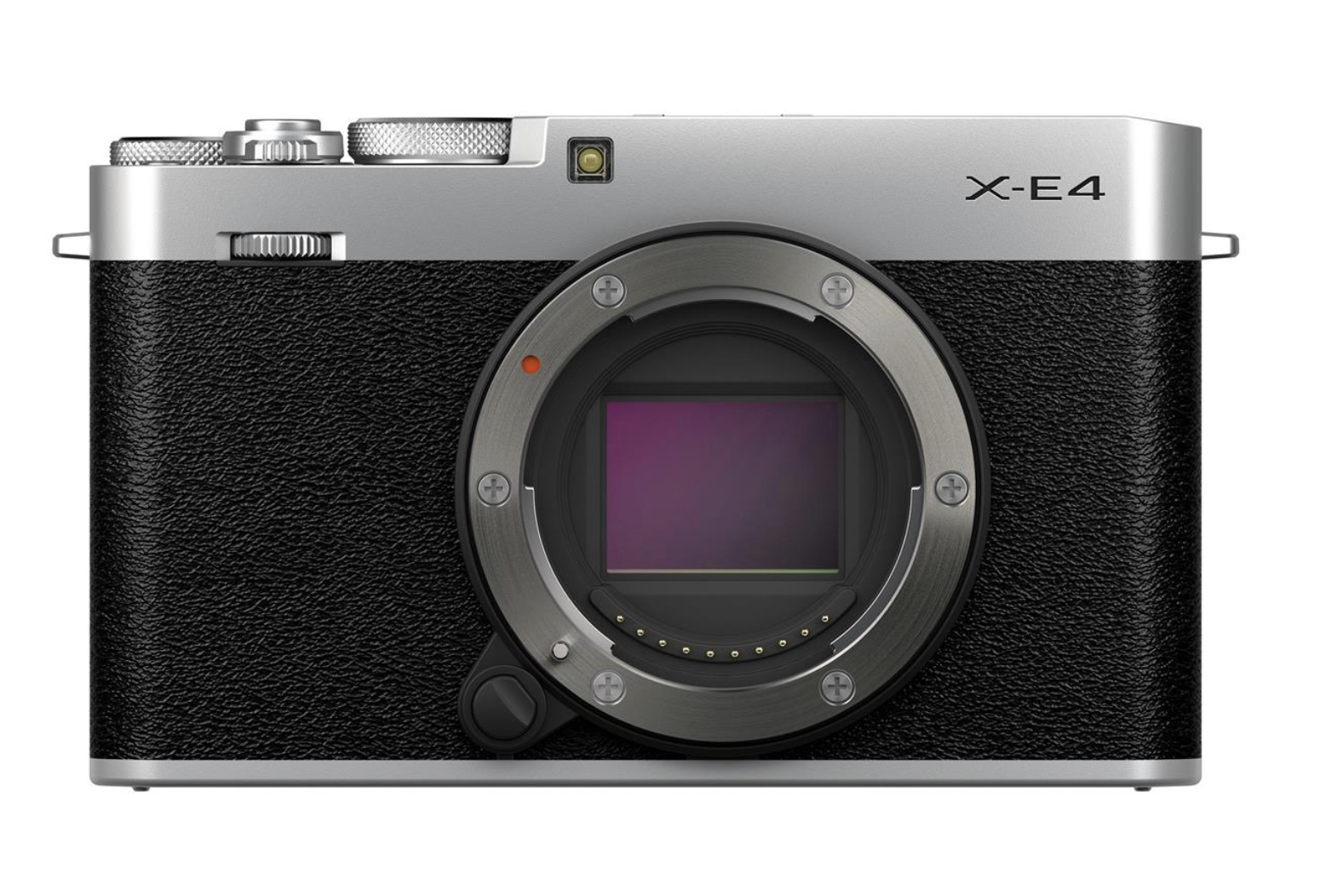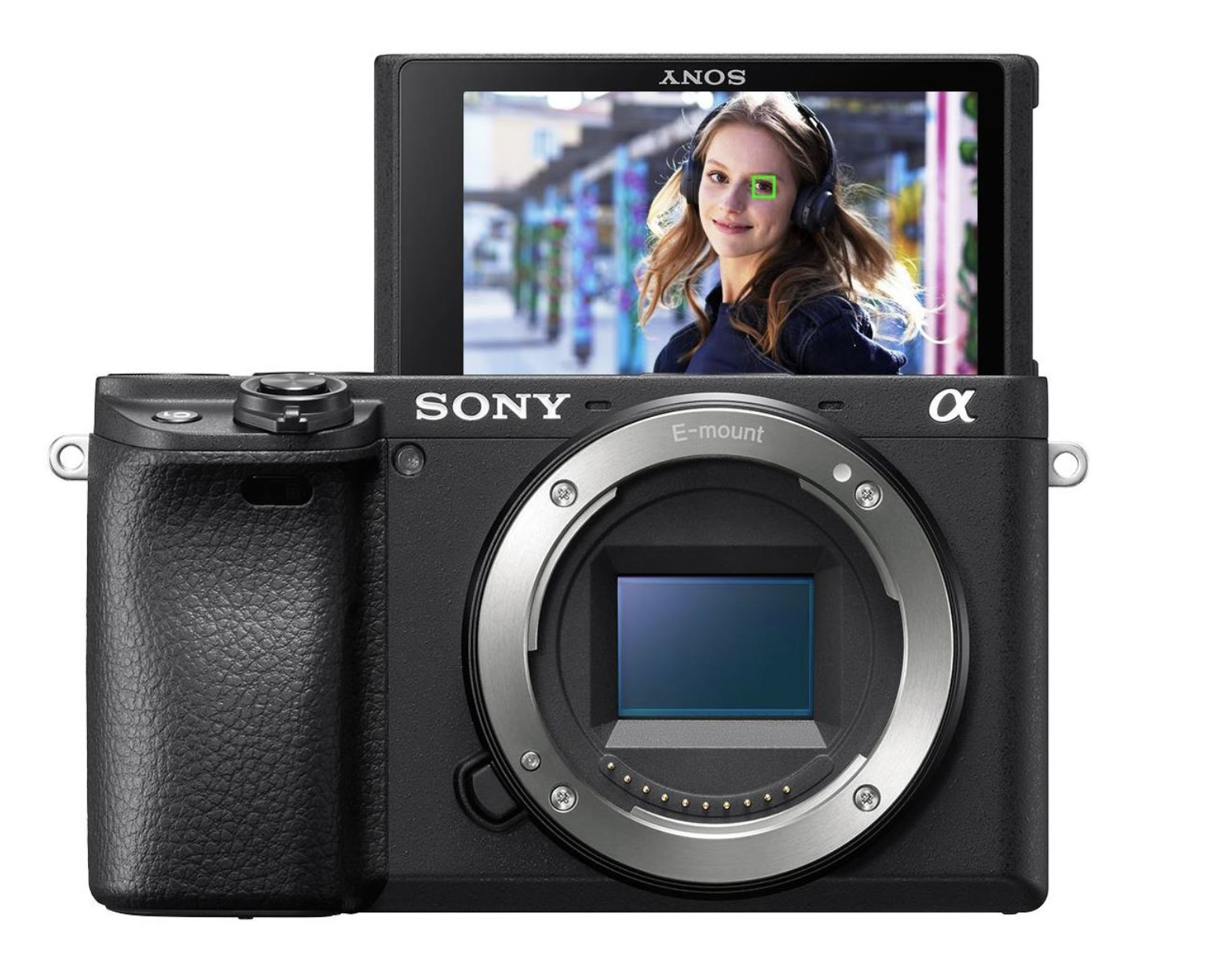
The Three Best Cameras for Beginners
May 31, 2022This post contains affiliate links
It's always a tough question to answer– "What is the best budget camera for food and beverage photographers?"
It's a question I get surprisingly often, but selecting the right camera for you and your needs is a personal decision.
The "best" option for one person might not be the best for someone else. Some creators could care less about 4k video or in-body image stabilization, while others need a camera that can seamlessly go between shooting photo and video.
Then there is the x-factor of every camera and camera brand: for whatever reason, some people are just drawn to certain brands more than others. If you really like the way a Nikon looks and feels in your hand, don't write that off as a silly reason. Look and feel probably shouldn't be the only reason you decide on a specific camera, but it's still worth considering.
Aesthetics and "x-factors" aside, here are what I would say are the main three considerations you should be thinking about when deciding on a camera. It's likely that one factor is more important to you than others (for most beginners, that factor is usually Price), or you may need to carefully balance all three. I'll admit Lenses and Use can be hard to honestly consider when you're just starting, but they are both good to at least have in the back of your head.
- Price – This one is pretty obvious. None of us are made of money, but photography is a hobby and/or profession that could easily have you spending away your life savings. Decide what your budget is and work within that. A budget will also help limit your options (in a good way) making your purchasing decisions easier.
- Lenses – This one is difficult to determine for beginners because you don't necessarily know what sort of lenses you need until you get going. When you buy a camera you're really buying into a brand. You'll start acquiring lenses for various purposes, and the more you get the harder it is to "switch" to a different brand. So you want to make sure the brand you go with has a variety of lenses that you need and enjoy using.
- Use – What are you planning to use your camera for? If you want photography to be more of a hobby or side-gig thing, you might not need to worry about getting a camera that has a bunch of fancy features, or going with a brand that has a wide variety of lenses. What if you hope to start doing more video work eventually? Well you'll want to go with a camera brand with strong video capabilities.
With that said, below are several beginner-level cameras and lens combos in ascending budget ranges. Both Adorama and B&H (both reputable and trustworthy camera sites) sometimes offer lightly-used or "open box" equipment at really great prices. In my experience, many of these items end up being essentially brand new but with a few hundred bucks knocked off the price- so keep an eye out for those!
Canon Rebel SL3

New price: $650 USD
Used price: $450-$500 USD
Recommended lens: Canon EF 50mm f/1.8 ($125 USD)
Other versions: The Rebel SL3 is sometimes listed as a 250d in certain markets, but they are the exact same camera.
Main Factor: Price (the least expensive option you can get)
If price is your primary factor, I would strongly recommend the Canon Rebel SL3. There are multiple Canon Rebel models, some of which cost even less than the SL3. However I wouldn't recommend picking up anything cheaper than this model. At that price point, you might as well use your smartphone instead.
As capable as smartphone cameras are, the SL3 will still offer you a noticeable upgrade in image quality and photo/video features over your phone at a budget-friendly price. It's a great camera to learn and practice with. If you aspire to shooting professionally, you will likely outgrow the SL3 sooner than later. But even if you upgrade to a more feature-rich camera down the line, the SL3 would still make a decent back-up or travel camera.
For starters, pair a Canon Rebel SL3 with a Canon EF 50mm f/1.8 lens. You can usually get this lens new for a little over $100 USD or you can find a used one for around $75 or less. This lens allows you to stop down the aperture to a low number, separating your subject from the background and giving it that nice soft depth of field.
Due to the crop factor on this camera, a 50mm lens will be more of a 75mm equivalent on a full-frame camera. If you don't know what that means, all you need to know is that this lens will be fairly "zoomed in." So it's great for shooting food and drink as well as portraits, but won't really work for taking wider shots.
Fujifilm X-E4

New price: $850 USD
Used price: $700 USD
Recommended lens: Fujifilm XF 35mm f/2 WR ($400 USD)
Other versions: Fujifilm X-E3 or X-T2 can be found used for $500-$600
Main factor: Use (great for hobby and side-gig)
I am a Fujifilm fan– the majority of my professional portfolio up until very recently was shot using Fujifilm cameras. So when people ask for camera recs, I tend to always start with Fujifilm as you just get a lot of bang for your buck.
Fujifilm is not necessarily the cheapest option, but in the scheme of things they are really cost-effective pieces of tech. Fujis are small and easy to take with you into bars and restaurants or while traveling. There isn't as wide an array of lens options compared to brands like Canon or Nikon, but the lenses that are available are superb and reasonably priced.
The X-E4 is a small and mighty camera– giving you a powerful mirrorless camera in a compact body. There is something really special about it (and all Fuji cameras) that can't really be explained unless you've used one before. Fujifilm cameras are just really fun to use– like it has a soul vs. the Canon Rebel, which feels more like a simple tool and nothing else.
Consider pairing an X-E4 with a 35mm F/2 WR lens (this focal length is the equivalent of 50mm on a full-frame camera). It's a great focal length for shooting food and drink, while still being just barely wide enough to use for other purposes. Like the camera itself, the 35mm F/2 WR is small but the build quality of the lens (and the images it can produce) are truly exceptional.
Sony a6600

New price: $1,398 USD
Used price: $1,200 USD
Recommended lens: Sony FE 50mm f/1.8 ($250 USD)
Other versions: Sony a6500 can be found used for $850-$950
Main Factor: Lenses and Use (semi-pro and video)
Another small but mighty camera, the Sony a6600 is the priciest on this list but it's the option that will allow you to grow more easily. As your skills develop, you'll likely have a need for more advanced gear, as well as more lens options. The a6600 has plenty of great features that will aid you in semi-professional and professional work (including a 24 megapixel sensor and the ability to shoot 4k video with in-body image stabilization). But if you decide to upgrade to a full-frame, professional-level camera at some point down the road, the a6600 could still fit nicely into your workflow as a back-up camera or second shooter.
As mentioned, considering what lenses you'll need is a big decision maker when purchasing a camera. For the a6600 I recommend grabbing a Sony FE 50mm f/1.8 (which will be closer to a 70mm equivalent on a full-frame camera). If you graduate to a Sony a7iii or a7iv eventually you will still be able to use the same lens– despite the cameras' sensor sizes being different from each other.
Although I am still a Fujifilm fan, I switched over to Sony myself because they had way more lens options available in comparison to Fujifilm. And although every camera on this list has decent video capabilities, I'd personally recommend going the Sony route if you have any aspirations of moving into video work.
Questions? Thoughts? Opinions?
Drop me a line. I'd love to help how I can!
[email protected]
Want to take your beverage photography to the next level? Check out Cocktail Camera Pro – the first e-course dedicated exclusively to mastering beverage photography
Download the Free Guide
Join our mailing list to stay updated with new photography tips and tutorials, and receive Jordan's free guide: Five Tips to Improve Your Beverage Photography
We hate SPAM. We will never sell your information, for any reason.

